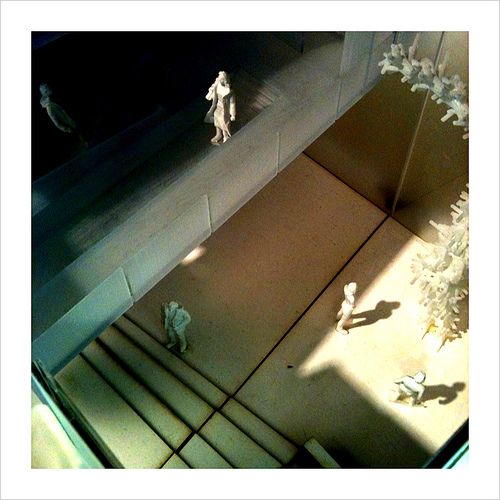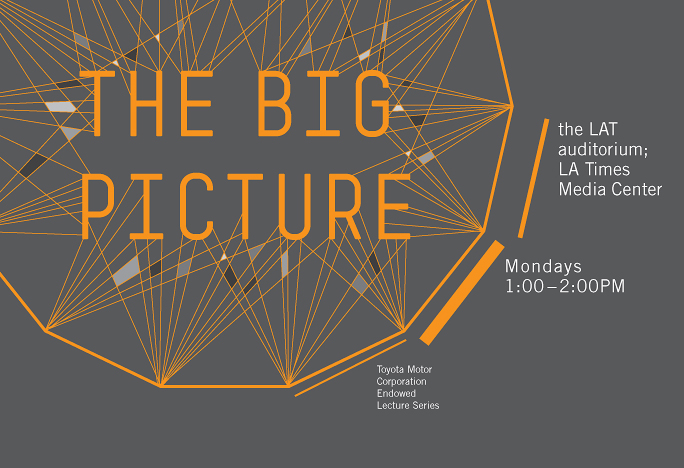
It’s the start of a new term, which means the start of a new Big Picture Lecture Series. The Toyota Motor Corporation Endowed Lecture Series brings visionary thinkers from around the world to campus to discuss the cultural and political currents shaping art and design.
The series kicks off Monday, June 7, at 1 pm in the Los Angeles Times Media Center at Hillside Campus. All lectures are free and open to the public. Coming up for Spring Term:
June 7: Jack Rakove, Revolutionaries: Big Thoughts on Founders’ Chic
Jack Rakove is a history and political science professor at Stanford University. The recipient of the 1997 Pulitzer Prize in history, his research revolves around the American Revolution and the adoption of the Constitution.
June 14: Steve Glenn, High Design, Low Impact: Creating LivingHomes
Steve Glenn develops modern, prefabricated homes that combine world-class architecture with a commitment to healthy and sustainable construction. He is founder and CEO of LivingHomes, a company that creates homes with a small ecological footprint.
July 5: Jonathan Gold, Authenticity, Culture and the Kimchi Taco
Jonathan Gold is the LA Weekly’s renowned restaurant critic and the author of Counter Intelligence: Where to Eat in the Real Los Angeles. In 2007, he became the first food writer to win the Pulitzer Prize in criticism.
July 12: Sandra Ball-Rokeach, The Seeds of Civic Engagement in Contemporary Urban Communities
Sandra Ball-Rokeach is a communication and sociology professor at USC and principal investigator of the decade-long research program, Metamorphosis: Transforming the Ties that Bind.
July 19: Jean-Pierre Hebert, Art and Science
Jean-Pierre Hebert is artist-in-residence at the Kavli Institute for Theoretical Physics at the University of California, Santa Barbara. His 40-year interest in mathematics, physics, music and computer science has resulted in the production of a large body of work at the intersection of art and science.
July 26: Paul Vangelisti, The Art of Being Elsewhere: A Writer’s Life
Paul Vangelisti is a poet and broadcaster who has written more than 20 books of poetry, and is also a noted Italian translator. He helped create the graduate writing program at Otis College of Art and Design.
 Just in time for Memorial Day, an interesting article at Design Observer about the U.S. Army and how it has embraced the concept of design thinking. However, the struggle to get design thinking ensconced in Army doctrine is no easy feat.
Just in time for Memorial Day, an interesting article at Design Observer about the U.S. Army and how it has embraced the concept of design thinking. However, the struggle to get design thinking ensconced in Army doctrine is no easy feat.

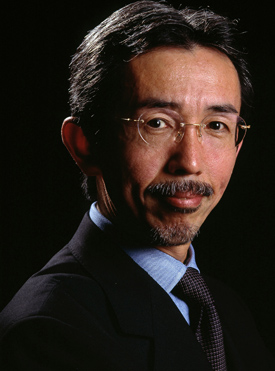
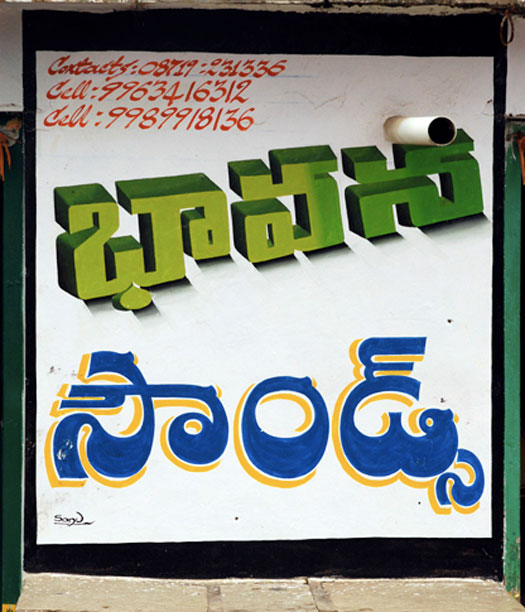 A very interesting article at
A very interesting article at 
 Paying homage to the American landscape, Transportation Design student
Paying homage to the American landscape, Transportation Design student 
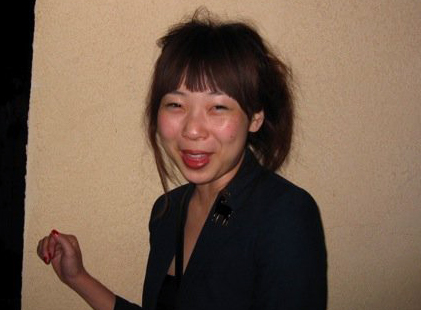 Just what is Media Design?
Just what is Media Design?
